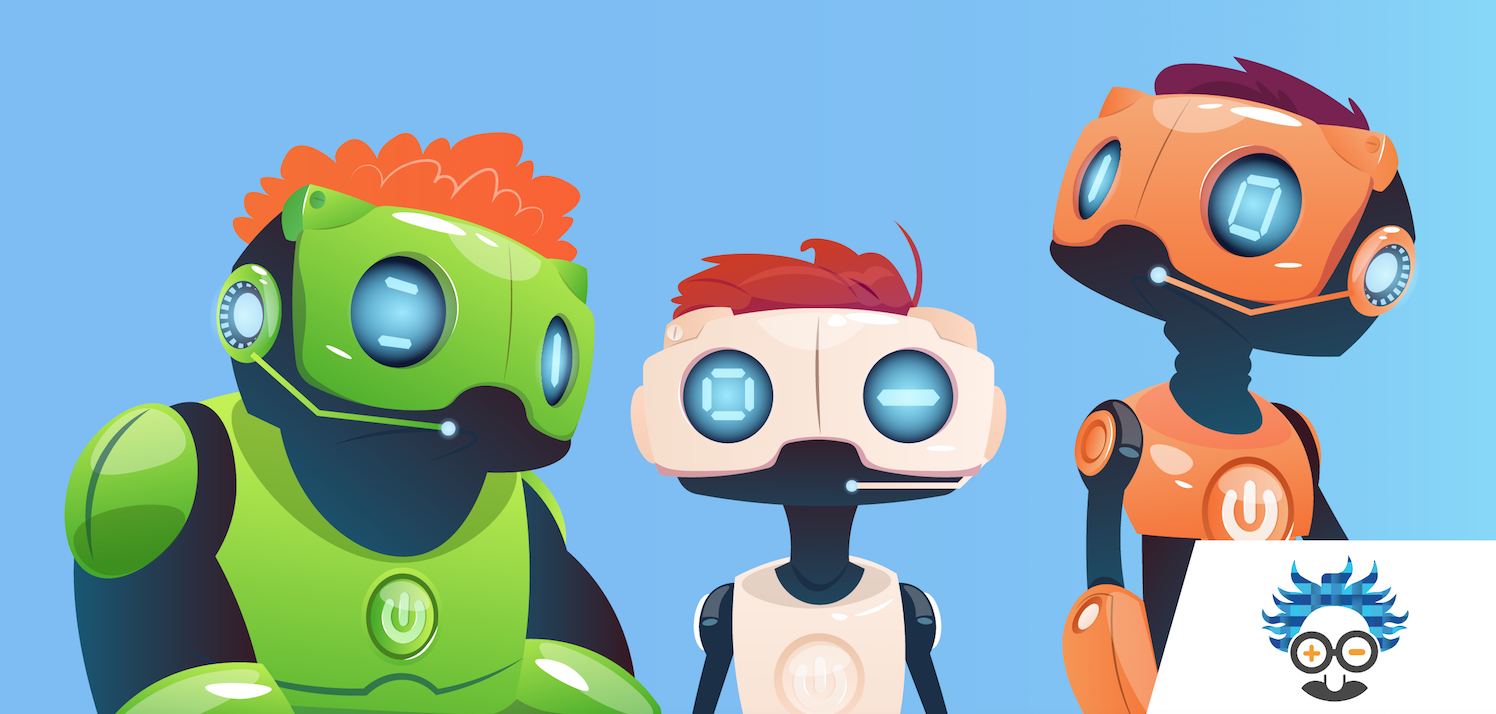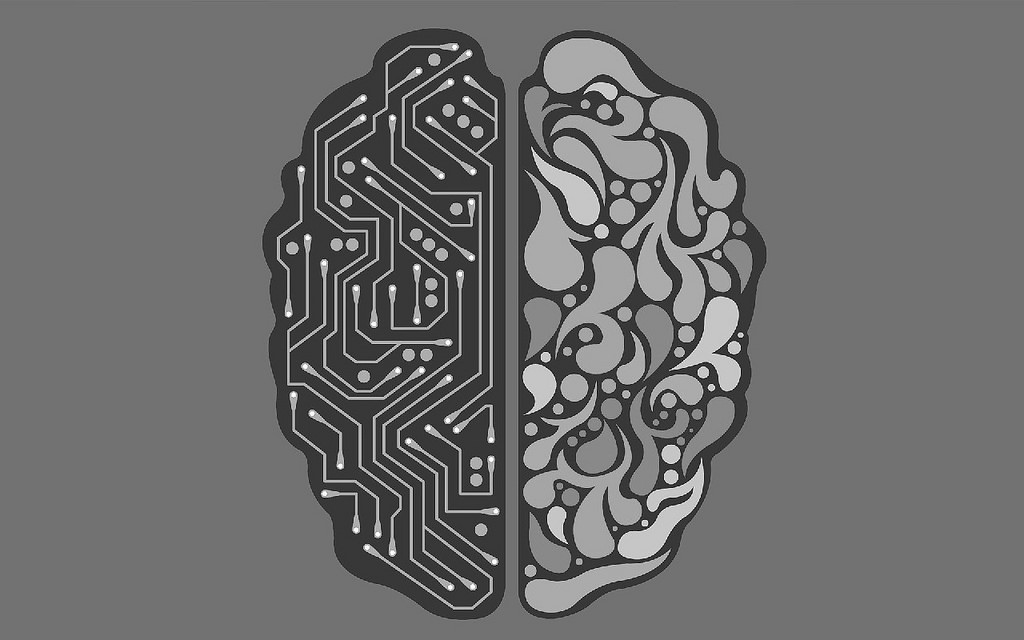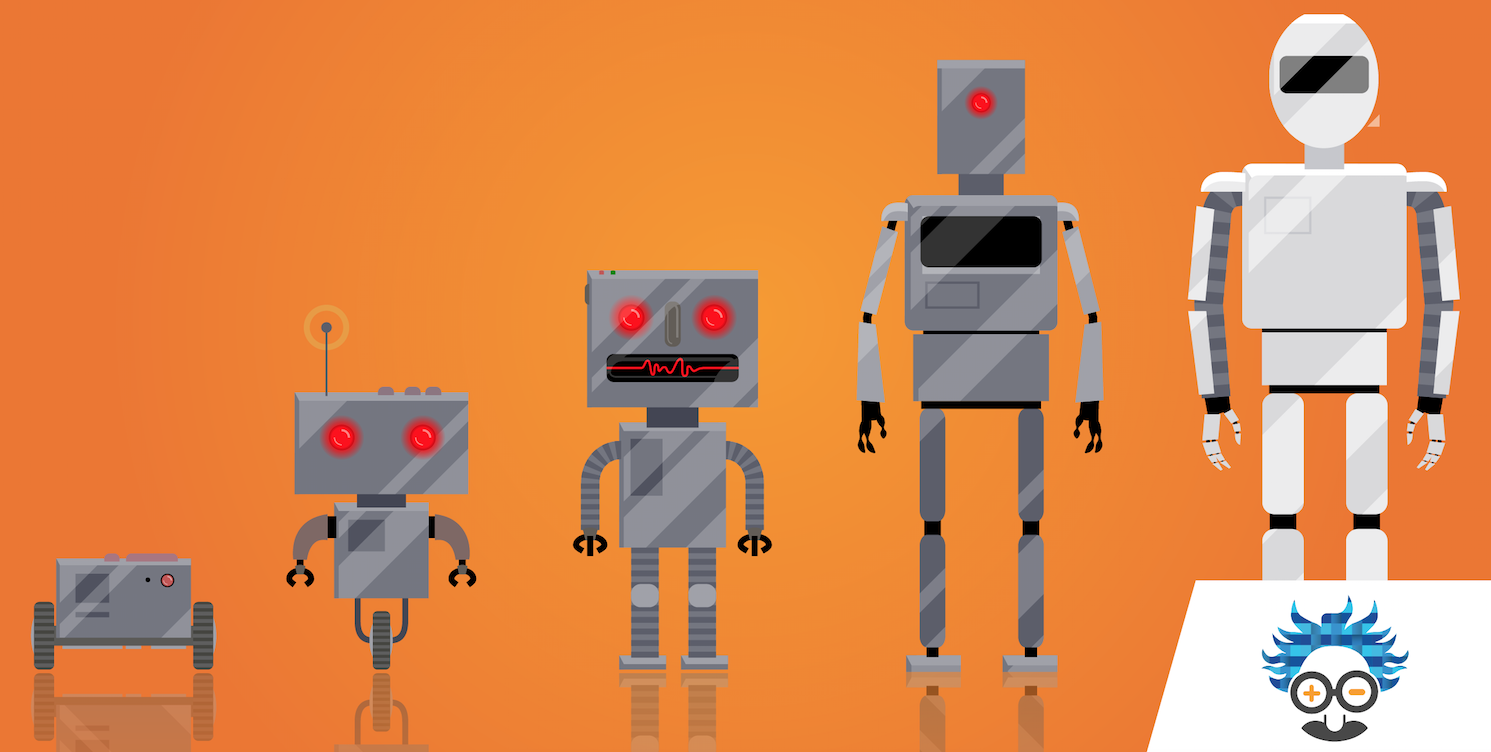Over the last twenty years, we’ve seen a huge increase in the way technology has incorporated itself into our lives. Particularly over the last ten years, the evolution of artificial intelligence (AI) and machine learning has exploded, giving rise to incredible pieces of technology such as Siri and Amazon’s Alexa.
What’s even cooler, is that many people use AI every day, without even realising that they are. For example- have you ordered an Uber this week? When you send a text, does your phone give you automated suggestions? How about when you use Snapchat or Instagram– do you use facial filters to attain the perfect selfie?
Well, I’ve got a newsflash for you – you’re using AI pretty much all the time. It’s entrenched into our daily lives so much, it’s almost impossible to imagine a world without it; especially if you’re young.
Millennials and Generation Z (Gen Z) make up nearly half of the consumer population, and also happen to be the most frequent users of technology today; Gen Z in particular. We can assume that soon the phrase “tech-savvy” will become completely outdated. Everyone will be “tech-savvy” and will no longer be a differentiating factor amongst people. It’ll be like writing that you’re literate on your CV- it goes without saying.
Moving with the Times
Companies are responding to these rapid changes in technology in an effort to keep in touch with their customers. One of the ways they’re doing this is by implementing AI into their customer service strategy, so it mimics how their customers speak with friends and family.
Companies are digitising contact channels so that if their customers have a query or problem, they can communicate with them via their website, social media or even on messenger apps like WhatsApp. People want instant gratification; their questions need answers NOW.

You can see where this is leading.
Is it just me- or is that a bit concerning?
The thing is, I can, at least in part, understand why companies would look to do this. It’s easy for companies to be led down the garden path of AI and assume that the next logical step is to remove the human from their customer service contact channels completely.
An example of how businesses are doing this is by using chatbots on their websites. Customers can engage with a sophisticated robot, instead of an agent, who answers their questions through their website. After all, chatbots are faster than humans, they are much cheaper than expensive humans and people prefer them, right? It just makes sense to phase humans out of customer service.
Nope, sorry. Wrong.
So Should We Be More Cautious of AI Development?
The answer to that is a resounding NO!
Let me begin with saying that I love AI. I think it’s incredible; the power AI has to improve processes within our daily lives and connect us to people is something I’m a strong advocate of. However, that’s not the concern at hand. The concern is that whilst AI is amazing, a human is always more amazing– and, as you’ll discover in this article, your customers agree.
Let’s stick with the example I gave earlier and talk about chatbots. Despite the natural assumption, in many cases chatbots aren’t actually as efficient as humans.
One of the reasons for this is that a chatbot is emotionless and can only handle very basic requests. Yes, they can apply logic to a situation, but logic is only one part the human brain- what about compassion, critical thinking or common sense?
Bear in mind that when a customer contacts a company, it’s usually for one of two reasons: they either have a question that needs answering, or they have a problem which needs to be solved. Inherently, both of these reasons are negative by default. The customer has an absence of something, usually information, and this is particularly true when what the customer needs isn’t an easy fix.
Breaking News! Chatbots Aren’t Actually Faster than Humans
Due to the fact that AI has difficulty understanding human emotion or nuance in conversation, the chatbots can get confused and ask question after question in an attempt to understand the customer’s problem. The process can end up taking longer to resolve than if they spoke with a human in the first instance, which can infuriate the customer.
It seems like this is a missed opportunity for companies- who seem to be getting the wrong end of the stick when looking to digitise their contact channels.
The truth is that people are ready and want to use live web chat when browsing a website. In fact, 72% of people say that web chat can improve customer loyalty. However, when customers have a conversation with a chatbot, their satisfaction drops to just 15%.
“I’ve got a Problem – I’d love to talk about it to a machine” -Said no one ever
I think we can all agree that doesn’t make a good case for phasing humans out of customer service.

A better way of doing this would be to implement a live web chat solution, with a human agent at the other end. Considering 57% of calls to businesses come from customers who went to their website first, this also cuts out the middle man.
It means that customers can get their questions answered quickly, and if the query is complex the conversation can be escalated to a voice call by the click of a button. It’s also a very efficient way of handling customer queries- the customer speaks with the same agent throughout the conversation, so there’s no need to repeat themselves or get frustrated by being passed from department to department.
Mirror Mirror on the Wall, is There a Robot to Take my Call?
Of course, it isn’t just chatbots which have emerged out of the AI-for-customer-services hype. Interactive voice response (IVR) are also being adopted by companies in an effort to streamline their call centre queries. Admittedly, these aren’t all bad. It makes sense for companies who get an extremely high volume of calls to have a system in place to send queries to the correct departments.
For example, a large bank might have an IVR which gives the customer options based on what their query is regarding. Option 1 might be for people who need to change personal details, option 2 could be for people who want to discuss opening a new current account and so on.
Increasingly IVRs are being used for more than prioritising phone calls- they’re being used to handle the query itself. This is where the problem arises: try as you might, you can’t have a human conversation with AI.
Particularly when calling about a complex issue, there is nothing more frustrating to a customer than wanting to speak to a person and not being able to, or by having to constantly repeat yourself to a seemingly unintuitive robot. We’ve all been there, frantically scouring a website for a phone number, only to realise you’re greeted by a robot who can’t help you.
Humans or IVRs: Which is More Successful?
One of the main reasons why people prefer to speak to people is because their issues are resolved much more successfully. A study found that issue resolution success rate of call centre queries was 69% when customers spoke to a human customer service agent.
The success rate dropped down to 48% for IVRs. Not only that, but Invoca found that 74% of people who have had a bad phone experience are more likely to choose a different business when they’re considering re-purchase.
It goes without saying that this is bad for customer experience (CX), and not great for issue resolution either. CX is fast becoming the key competitive differentiator for consumers, so companies need to be increasingly prioritising CX in order to stay ahead of the game. An overwhelming majority of people prefer having humans handle their customer service queries and cite this for improving their experience.
Could Phasing Out Humans Hurt Your Customer Experience?
As well as this, a large part of improving CX is through offering increasingly personalised services to your customers. Amazon is a good example of this: they offer personalised suggestions, they remember previous orders and send the customer highly personalised emails about new products which might be of interest.
Many companies offer a similar service, so the trend is clearly heading towards personalisation, especially when online. It therefore seems incompatible, odd even, to partner this with a non-human, non-personal strategy for customer service. At least from this standpoint, to phase humans out of customer service could risk harming your CX, and ultimately your business, significantly.
Before I end this article, there’s one more point I’d like to make. It starts by posing, to you, a very simple question:
Do You Want to Live in a World Where Human Interaction is Phased Out?
I know it might seem dramatic to compare the decline of humans in customer service to the decline of human interaction altogether- but it isn’t. It’s actually very important to consider- where do we draw the line?

If you consider some of the biggest advancements in social technology over the last 15 years, social media, VOIP, communications apps, their purpose was to bring humans closer together.
The rise of AI and machine learning has its place in society, but by working to remove human to human interaction, AI might end up eradicating the very thing it was designed to facilitate- and frankly, people don’t want that.
PwC did a report earlier this year which conducted a survey across the 12 of the largest economies in the world, and found that on average 75% of people agreed that as technology advances, they want more human interaction to take place, not less.
AI and machine learning is fantastic, but humans will never be completely phased out of customer service. People nowadays are more impatient than they’ve ever been, demanding answers to their questions immediately- the best way to serve their needs efficiently is by enabling them to speak with another person as quickly as possible, at any time and in any place.
Technology Should Enable Humans, Not Replace Them
This is why offering multiple contact channels is so important- it makes your company available to customer queries, but doesn’t eradicate the possibility with human interaction at the same time.
AI is great for when you need Siri to remind you do something or when you have a trivial question that needs answering, but when you need to have a proper conversation, AI simply can’t compete with people. Chatbots and the like don’t have the ability to engage in complex discussion, which is often needed in customer service situations.
In the future, as technology continues to advance, this might change. However, for now at least, the role of technology should be about enriching and enabling humans, not replacing them. So, if you call up a company, or start a web chat on their website, there should always be a human on the other side.
If you’d like to learn more about AI in marketing, check out Hey Siri, Tell Me Everything I Need to Know About Voice Searches.
- About the Author...






One Response
Fantastic article and insights!
People still crave personalized service by a human.